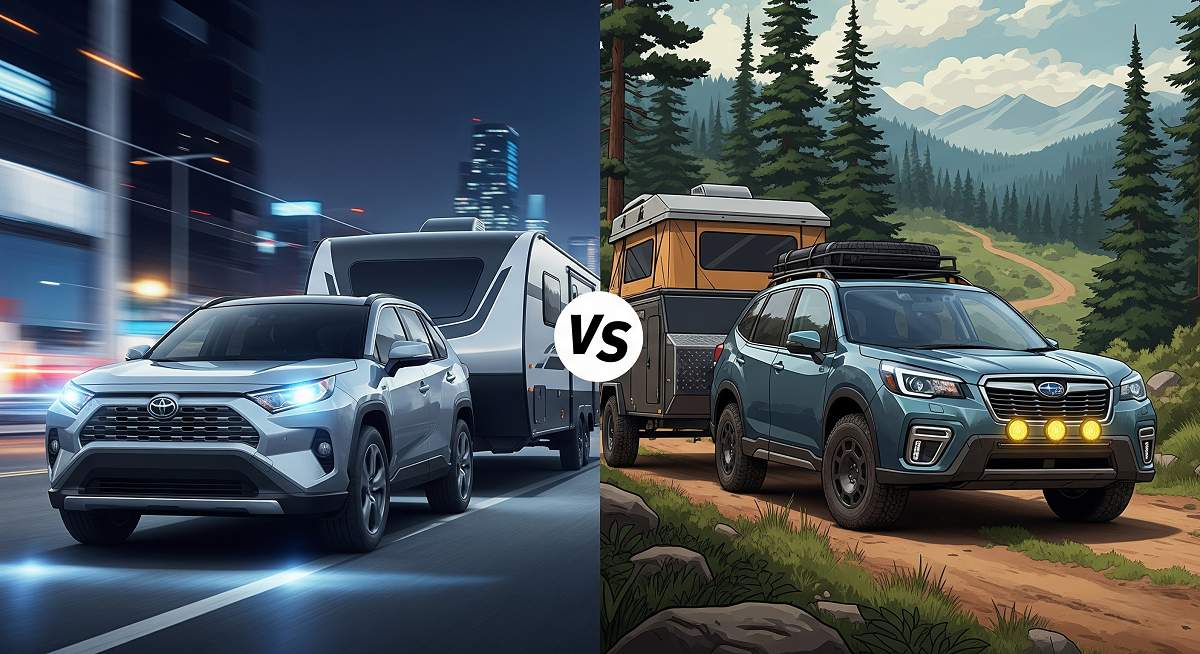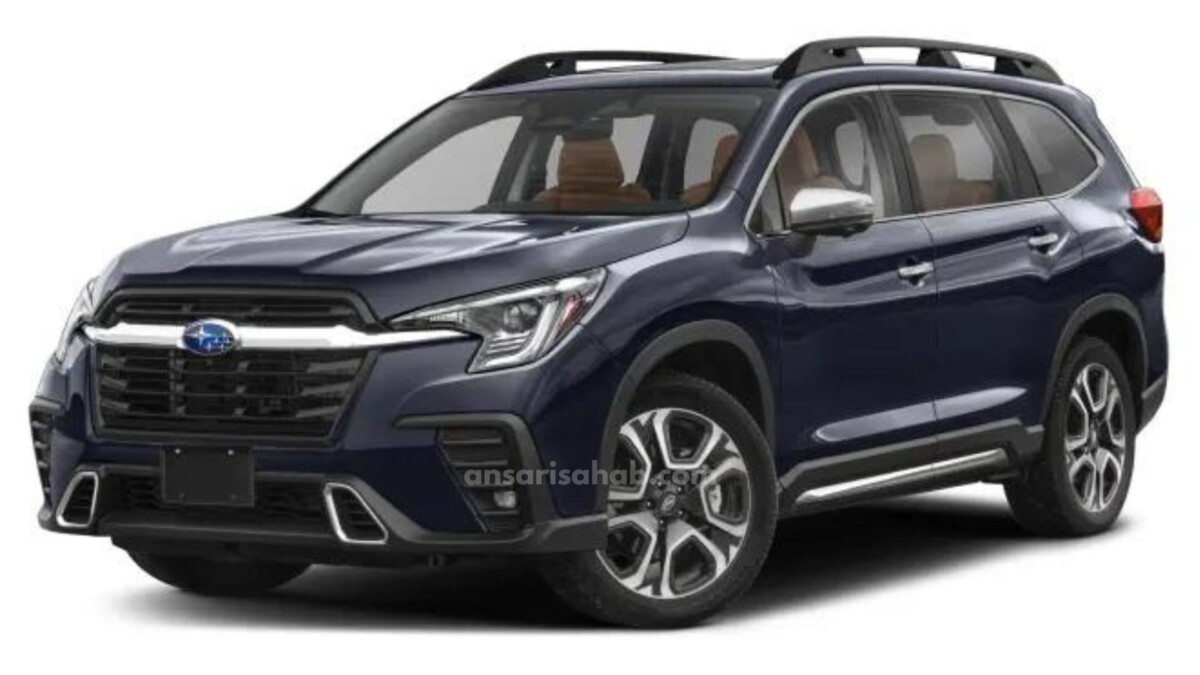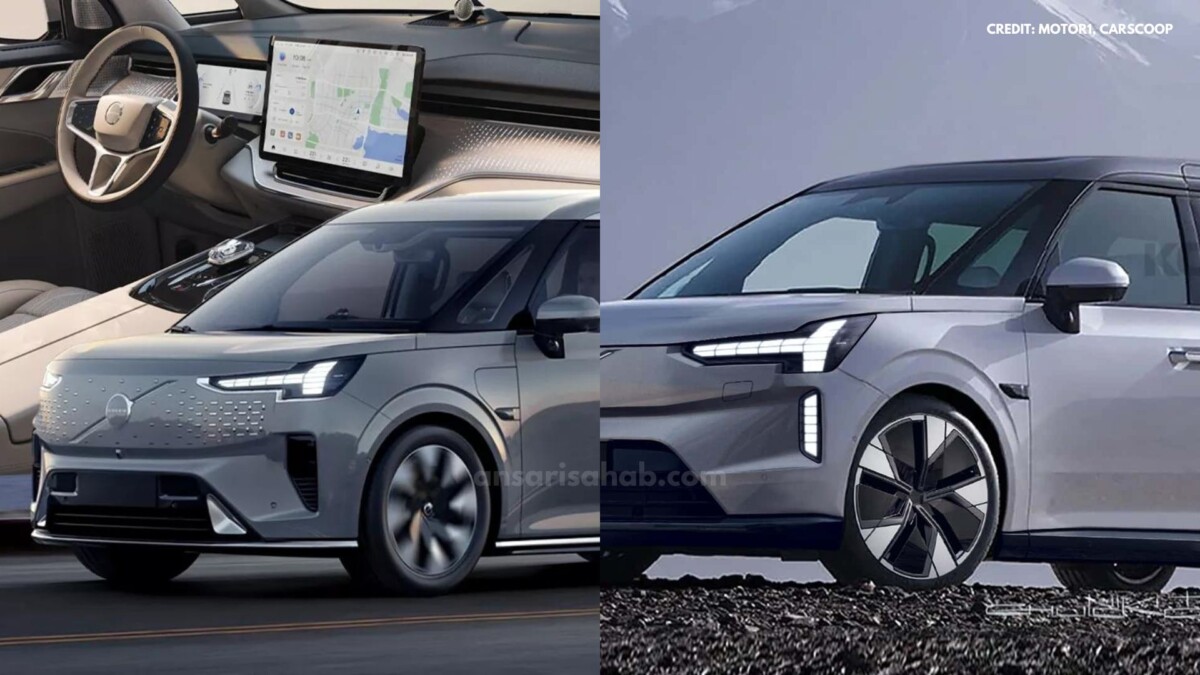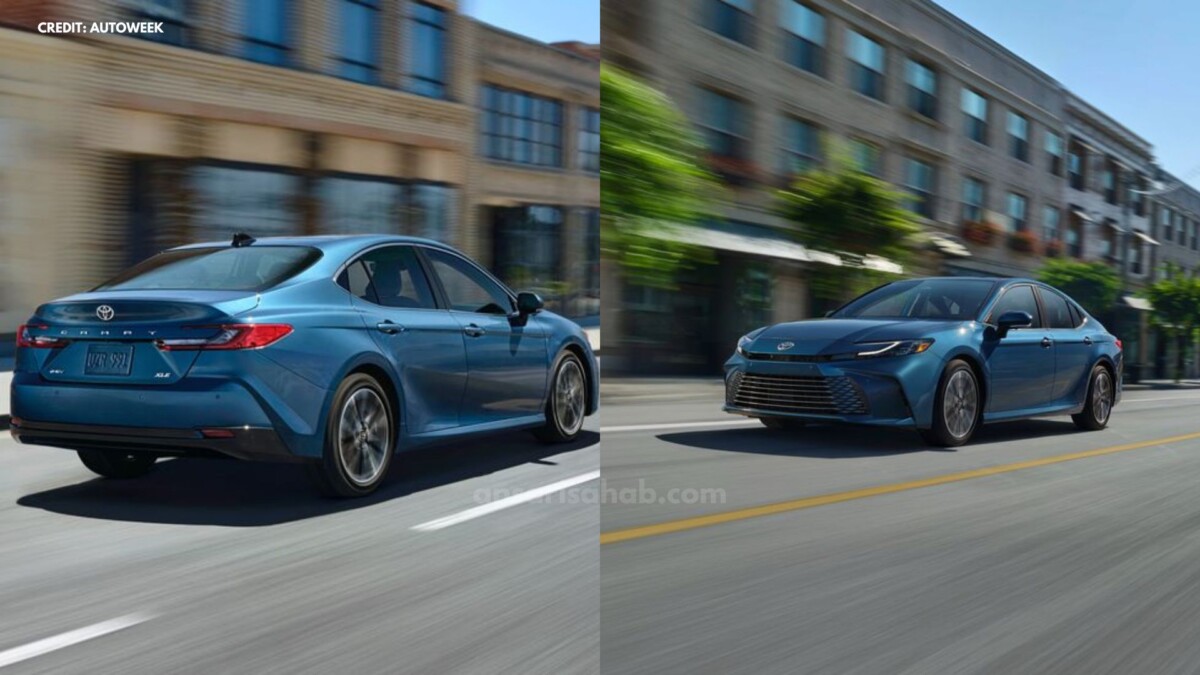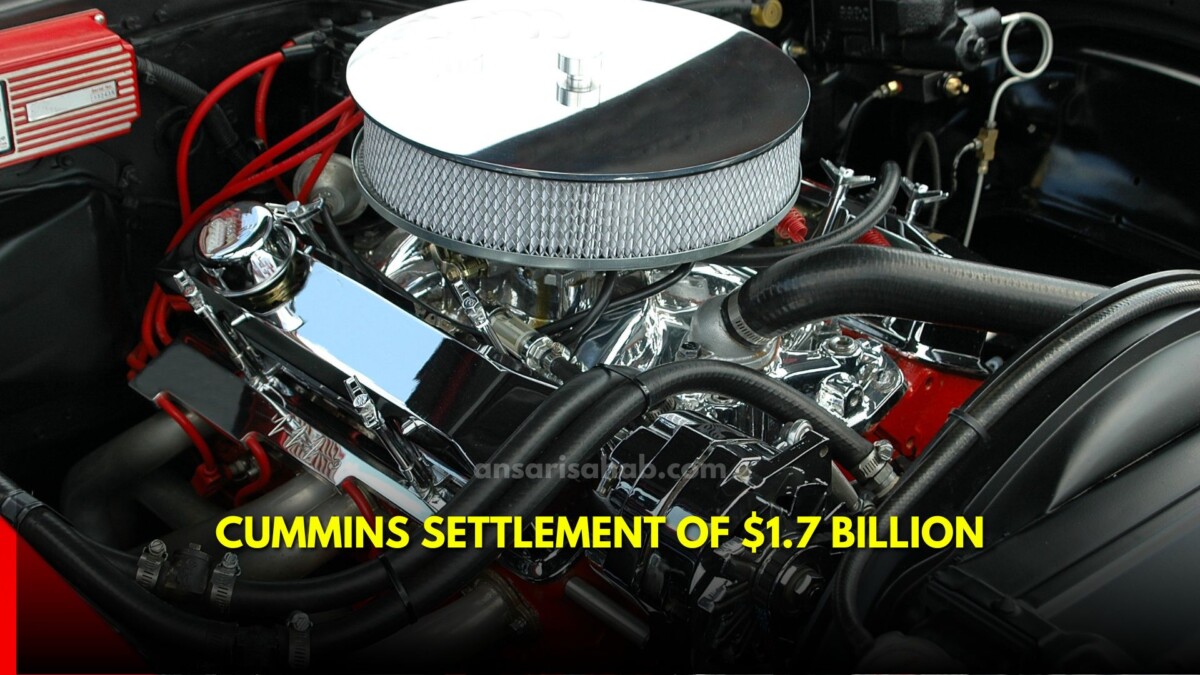When shoppers search Toyota RAV4 vs Subaru Forester towing capacity 2025, they want clear answers: which model pulls heavier loads, what trims change the numbers, and how those specs affect real-world use. Short answer: both SUVs can tow light trailers in base form (about 1,500 lb), but certain RAV4 and Forester variants push that number much higher — up to roughly 2,500 lb for some RAV4 plug-in trims and up to 3,000 lb for the Forester Wilderness when properly equipped.
Below is a full breakdown, practical towing scenarios, safety and equipment notes, and a clear recommendation depending on the trailer or toy you plan to haul.
The headline towing numbers (trim-by-trim)
- Toyota RAV4 (2025)
- Gas 2.5L RAV4 (most trims): 1,500 lb towing capacity when properly equipped.
- RAV4 Hybrid trims: ~1,750 lb when properly equipped (varies by trim).
- RAV4 Plug-In Hybrid / Prime: up to ~2,500 lb when properly equipped — this is the model to pick if you need extra trailering punch within the RAV4 lineup.
- Subaru Forester (2025)
- Standard Forester: ~1,500 lb maximum when properly equipped — typical for compact crossovers.
- Forester Wilderness (off-road focused trim): up to 3,000 lb towing capacity in specific Wilderness configurations when properly equipped — a meaningful increase for outdoor enthusiasts.
Note: “Properly equipped” means you must opt for the factory tow package / hitch and meet payload and tongue-weight limits. Always check the owner’s manual for the exact towing chart for your VIN.
Why the numbers vary so much (what “properly equipped” actually means)
Automakers publish a maximum tow rating for specific trim and equipment combinations. The rating assumes:
- Correct factory tow hitch and wiring (aftermarket hitches can change safety margins).
- Braked vs unbraked trailer — some towing figures apply only with trailer brakes installed.
- Payload and GVWR limits — passengers, cargo, and tongue load subtract from towing allowance.
- Drive layout and cooling/gear ratios — hybrids, PHEVs and AWD systems influence towing capabilities and how sustained towing will affect drivetrain heat.
Because of these factors, a base RAV4 or Forester with no tow package will often be rated at the conservative ~1,500 lb. Choosing the PHEV (for RAV4) or the Wilderness package (for Forester) unlocks higher numbers by design.
Real-world examples — what each SUV can realistically haul
- 1,500 lb rating (Base RAV4 / Base Forester):
- Small teardrop camper, small utility trailer with landscaping tools, single-jet-ski or a heavy-motorcycle + gear. Great for weekend gear hauls and small toys.
- 1,750 lb rating (RAV4 Hybrid):
- Slightly heavier teardrop or better loading allowance for gear and passengers while towing. Offers a modest step up for more comfortable trailering.
- ~2,500 lb rating (RAV4 Plug-In Hybrid / Prime):
- Small pop-up camper or lightweight travel trailer with supplies — useful if you need to tow more comfortably without stepping up to mid-size SUVs or trucks.
- 3,000 lb rating (Forester Wilderness, properly equipped):
- Larger lightweight travel trailers, heavier boat + gear, or heavier off-road trailers used by outdoor enthusiasts — a class-leading capability for a compact crossover when compared to soft-road competitors.
Safety, braking and handling — things dealers won’t always emphasise
- Tongue weight matters. Too little or too much tongue weight will make the trailer sway or overload the rear suspension. Use the manufacturer’s recommended tongue weight—often 10–15% of trailer weight.
- Trailer brakes are essential above certain weights. Many states and most manufacturers require trailer brakes above specific trailer weights (and they improve safety dramatically).
- Cooling & sustained towing: Continuous towing up steep grades heats drivetrains and transmissions — hybrids/PHEVs can have different heat management characteristics. Allow for engine/transmission cooling breaks on long tows.
- Tire and brake wear: Regular towing accelerates wear; check tire pressures frequently and use heavier-duty cooling or brake upgrades if you tow often.
- Load distribution & packing: Keep heavy items low and forward in the trailer; uneven loads worsen handling.
Fuel and range considerations when towing
- RAV4 PHEV: Offers an electric boost but when towing the combustion engine runs more often — expect lower electric-range efficiency and higher fuel use. Still, the PHEV’s extra torque and gearing often make towing feel easier at low speeds.
- Forester Wilderness: With higher tow rating but traditional boxer engine, expect fuel economy to drop noticeably under load; plan extra fuel stops on long trips.
Which should you choose — decision guide
Choose the Toyota RAV4 if:
- You plan light towing most weekends (1,500–1,750 lb) and want mainstream comfort, reliability, and efficiency.
- You prefer a PHEV option with higher towing capacity (~2,500 lb) but value electric cruising for local errands.
Choose the Subaru Forester if:
- You want standard AWD, off-road readiness, and the option of the Wilderness trim that truly ups towing capability to ~3,000 lb for heavier outdoor loads.
- You prioritize rugged trails and need a compact SUV that can legitimately tow heavier boats and larger off-road trailers when equipped.
Practical checklist before your first tow
- Read the owner’s manual towing section for your exact VIN. Ratings vary by configuration.
- Install the factory tow package (hitch, wiring, brake controller) if you want the higher published rating.
- Check GVWR and payload after loading passengers and gear—don’t exceed limits.
- Use a weight distribution hitch for heavier loads to stabilise handling when required.
- Confirm trailer brakes, lights, and a functioning brake controller.
- Practice towing empty or with a friend on a quiet road to get comfortable with braking distance and turning clearance.
Conclusion — pick by trailer, not by badge
If you only haul small trailers occasionally, either base RAV4 or Forester will do fine (both ~1,500 lb). If you need more capability without moving to a mid-size SUV or pickup, consider the RAV4 Plug-In Hybrid (≈2,500 lb) or the Forester Wilderness (≈3,000 lb) — each unlocks greater utility when properly equipped. Always match the trailer’s gross weight plus cargo to your vehicle’s tow and payload specs, fit the right hitch and brakes, and you’ll tow safely and confidently.
FAQs
A: No—base RAV4 ratings are much lower; older model years and specific configurations might have different numbers, but for 2025 the consumer-facing tow limits are in the 1,500–2,500 lb range depending on trim. Always check the manual for your model year and configuration.
A: Yes — in its Wilderness specification and when correctly equipped, the Forester’s published maximum towing capacity can reach approximately 3,000 lb. Confirm with Subaru and your dealer for exact model-specific charts.
A: If you need off-road capability plus higher tow numbers, the Forester Wilderness is the standout. For everyday towing with an efficient PHEV option, the RAV4 Prime is compelling.
Next Story : Tesla Model 3 vs Toyota Corolla Fuel Efficiency (2025): Real-World Cost, MPGe vs MPG, and Which One Saves You More

